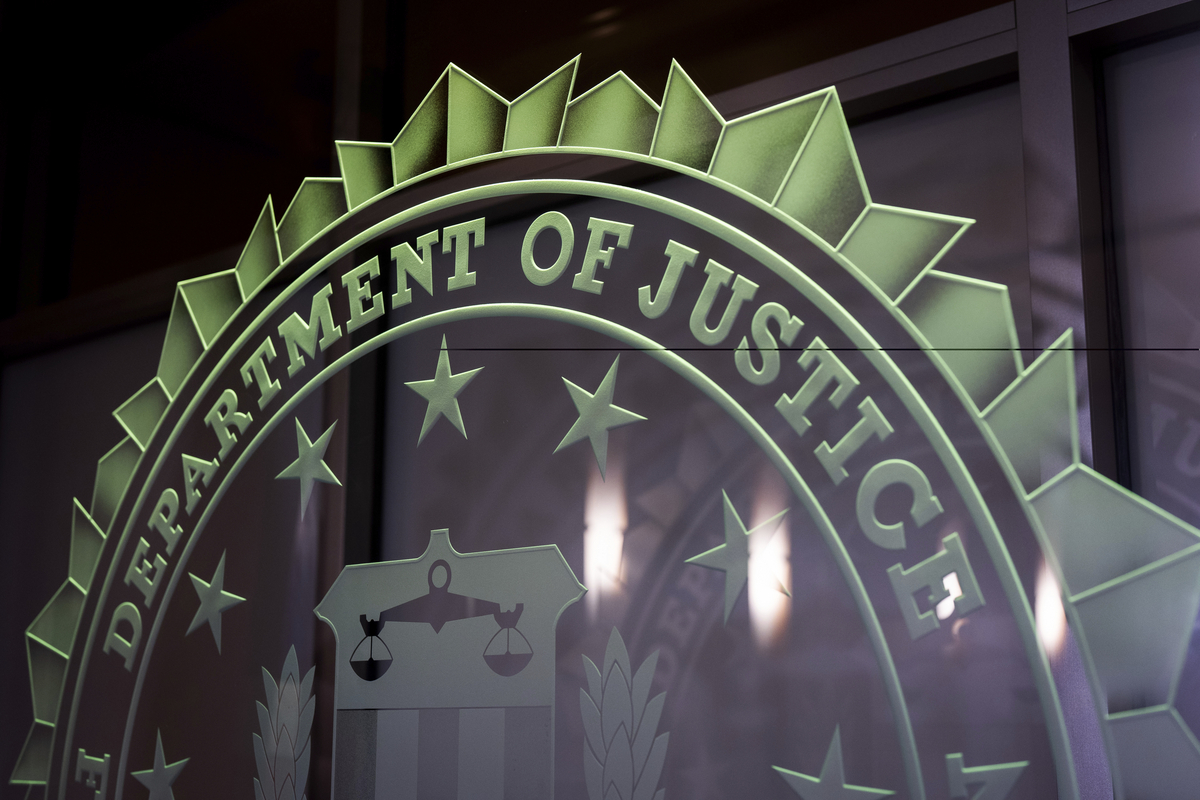Green Crackdown: Justice Department Targets Environmental Oversight in Radical Restructuring

Former staffers are sounding the alarm about a potential Trump administration plan that could critically undermine the Department of Justice's Environment and Natural Resources Division. According to these experienced professionals, the proposed strategy threatens to fundamentally weaken the division's capacity to protect environmental regulations and enforce critical conservation laws.
The proposed restructuring would essentially "hollow out" the division, potentially stripping away its ability to effectively investigate and prosecute environmental violations. Veteran employees who have dedicated their careers to environmental protection warn that such a plan could significantly diminish the government's ability to safeguard natural resources and hold polluters accountable.
These concerns highlight the potential long-term implications of administrative changes that could compromise decades of environmental legal work. The proposed plan represents more than just a bureaucratic shift—it could fundamentally alter the landscape of environmental enforcement in the United States.
As debates continue about the future of environmental protection, the voices of experienced professionals provide crucial insight into the potential consequences of such sweeping organizational changes.
